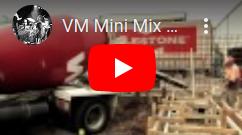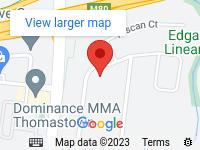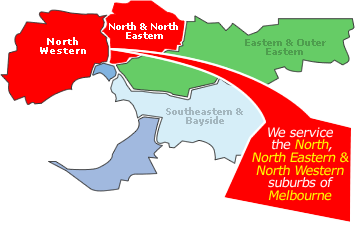General concrete repairs
Is it difficult to repair concrete?
If concrete is mixed, placed and cured correctly there should be no need for repairs which are difficult to execute. Listed below are ways in which concrete can be resurfaced and slippery concrete surfaces can be rectified.
Resurfacing Finished Concrete
You can resurface concrete by applying a topping which is suited to both old or new concrete. Surfaces must be completely clean - free of dirt, grease and dust. Good preparation contributes greatly to a good result.
Levelling Compounds
Available from most builders' hardware suppliers, levelling compounds are typically mixed with water then screeded and trowelled onto the concrete surface. Beware that some compounds may not be suited to outside use. Seek advice from a builders' hardware supplier about the most suitable product for the particular application. Observe product manufacturer's instructions.
Unbonded Topping
Unbonded toppings are typically used to refurbish an existing pavement. The concrete mix comprises 1 part cement: 2 parts sand: 3 parts coarse aggregate (10 mm nominal maximum size). Cover the surface with a plastic sheet to give a definite separation from the base concrete. Fix formwork in place to new predetermined levels, allowing for a minimum of 75 mm of topping.
If topping is to be thicker than 50 mm, reinforcement should be used. Place reinforcement such as F42 fabric or similar. If you are topping a large area, it should be divided into bays limited to 14m2 with a length-to-width ratio of 1:1.5. Place, finish and cure concrete as described previously.
Note: If topping exceeds 75 mm thickness, it may be regarded as a new concrete slab.
Rectifying Slippery Concrete Surfaces
Smooth concrete surfaces that have become slippery may be rectified either by using a high pressure water blaster or by acid etching the concrete surface.
If you use a high-pressure water blaster, the equipment hired must be capable of delivering pressure of between 6900kPa and 8300kPa (1000 - 1200 psi) to achieve surface texturing. It is recommended you seal the clean concrete surface once dry, to minimise future penetration of dirt and grime. Acid etching will require care in both application and handling. Should you wish to acid-etch, it is recommended you obtain a copy of the Cement and Concrete Association of Australia's Concrete Information - Treatment of Slippery Concrete Surfaces.
Make the world a little better
So go ahead! Repair that concrete that has been annoying you. Call VM Minimix now on 03 9460 4717 for expert advice and prompt, friendly and professional delivery of your pre-mixed concrete.



